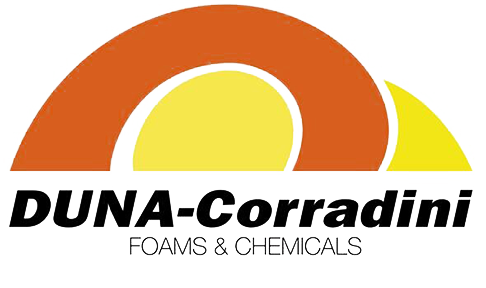Electric & Electronic Protection & Assembly
The importance of protecting electronic circuit boards is widely acknowledged. It protects and extends the operating life of components and of the boards themselves.
Various protection solutions are available depending on the type of chemistry (neutral silicone, epoxy, polyurethane, acrylic, water-based, etc.) and the desired type of protection (conformal coating, encapsulant, sealing, thermal management, component bonding, etc.).
Whatever the electronic application, electronic circuit boards need to be protected against risks, such as:
• ESD (electrostatic discharge) shocks
• Overheating
• Humidity
• Water (immersion, etc.)
• Vibrations
• Mechanical shocks
• Salt spray
• Temperatures (low and high)
• Contaminants in general (dust, hydrocarbons, etc.)
Bonding can form part of this protection, such as when adhesives are used to seal housings or when components (power condensers) are bonded together to reduce their movements.
Various protection solutions are available depending on the type of chemistry (neutral silicone, epoxy, polyurethane, acrylic, water-based, etc.) and the desired type of protection (conformal coating, encapsulant, sealing, thermal management, component bonding, etc.).
Whatever the electronic application, electronic circuit boards need to be protected against risks, such as:
• ESD (electrostatic discharge) shocks
• Overheating
• Humidity
• Water (immersion, etc.)
• Vibrations
• Mechanical shocks
• Salt spray
• Temperatures (low and high)
• Contaminants in general (dust, hydrocarbons, etc.)
Bonding can form part of this protection, such as when adhesives are used to seal housings or when components (power condensers) are bonded together to reduce their movements.





















